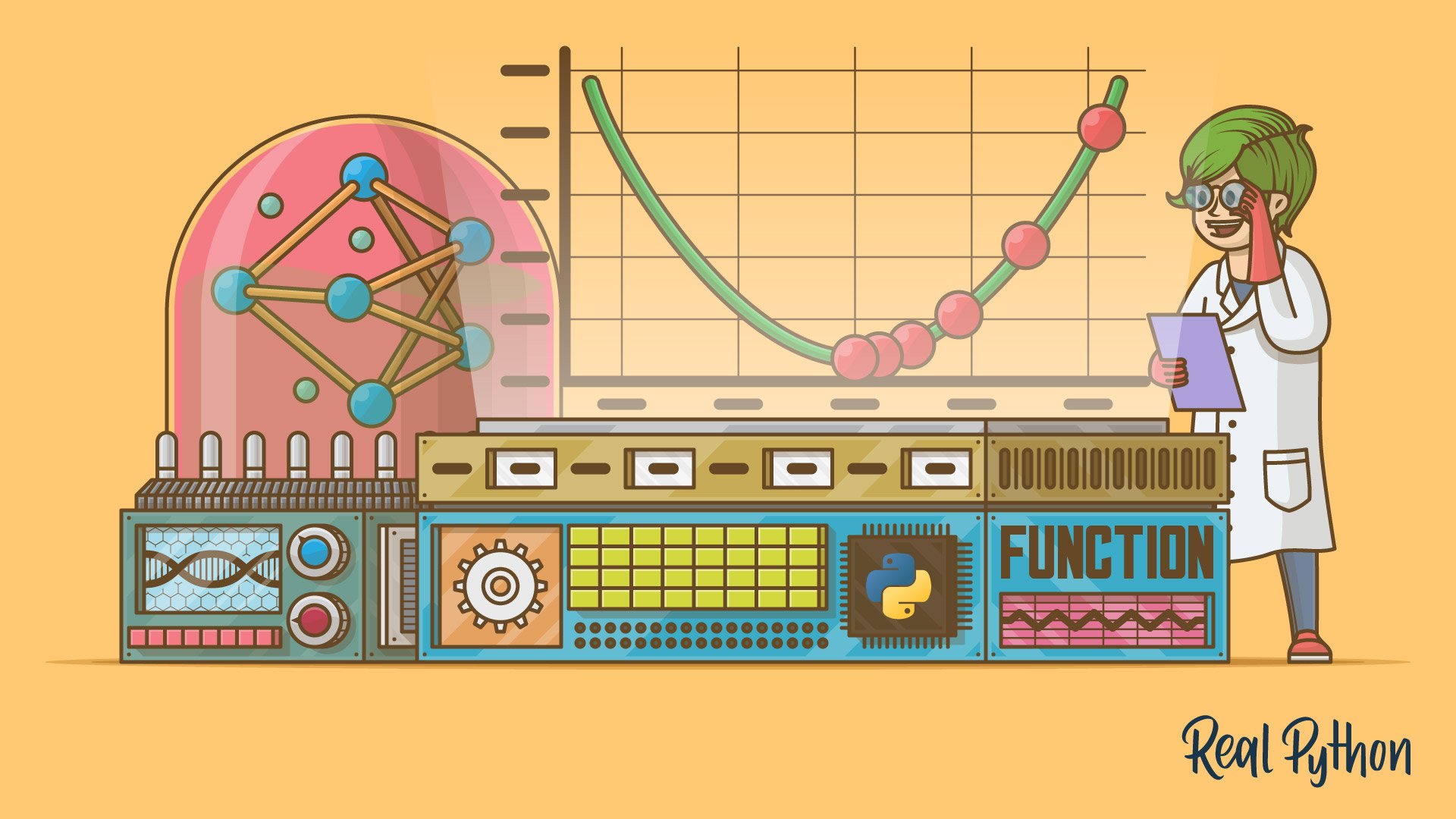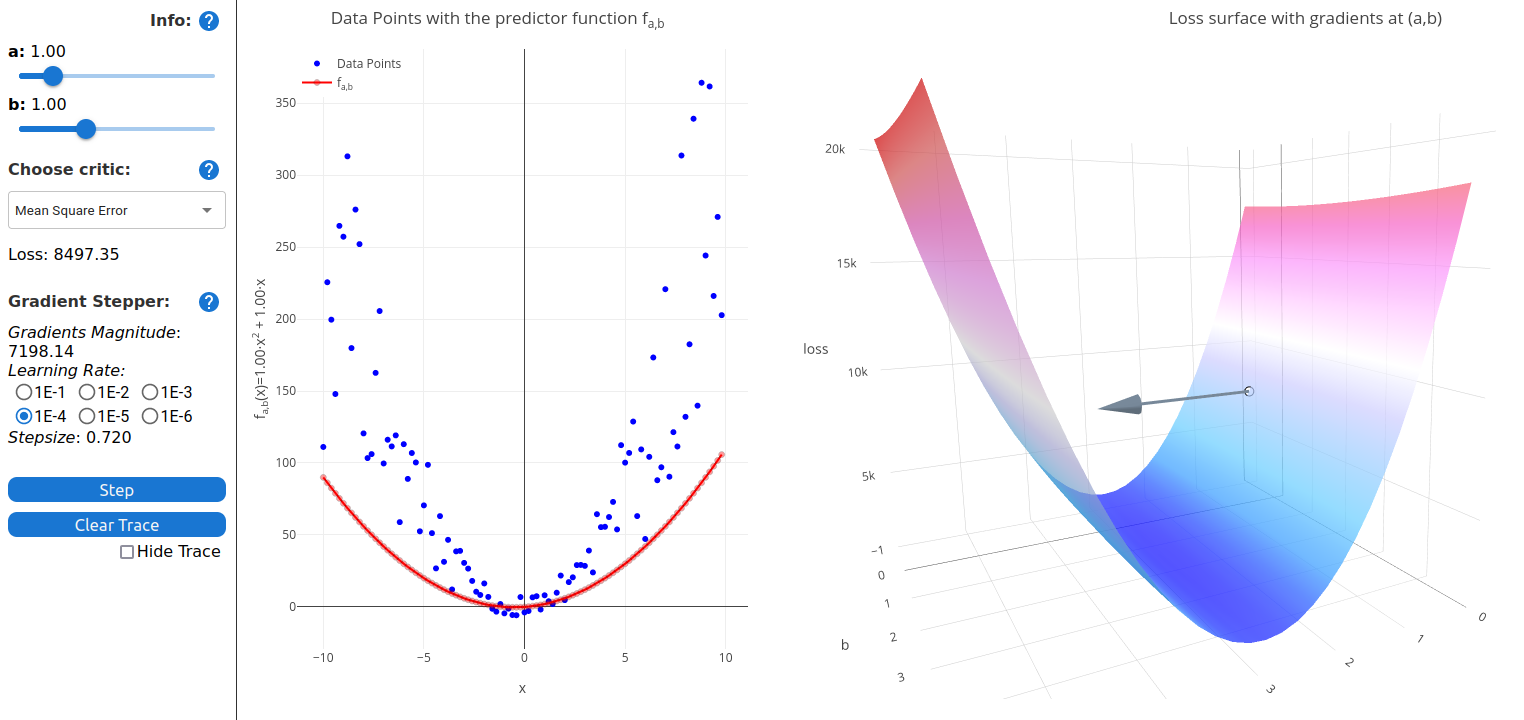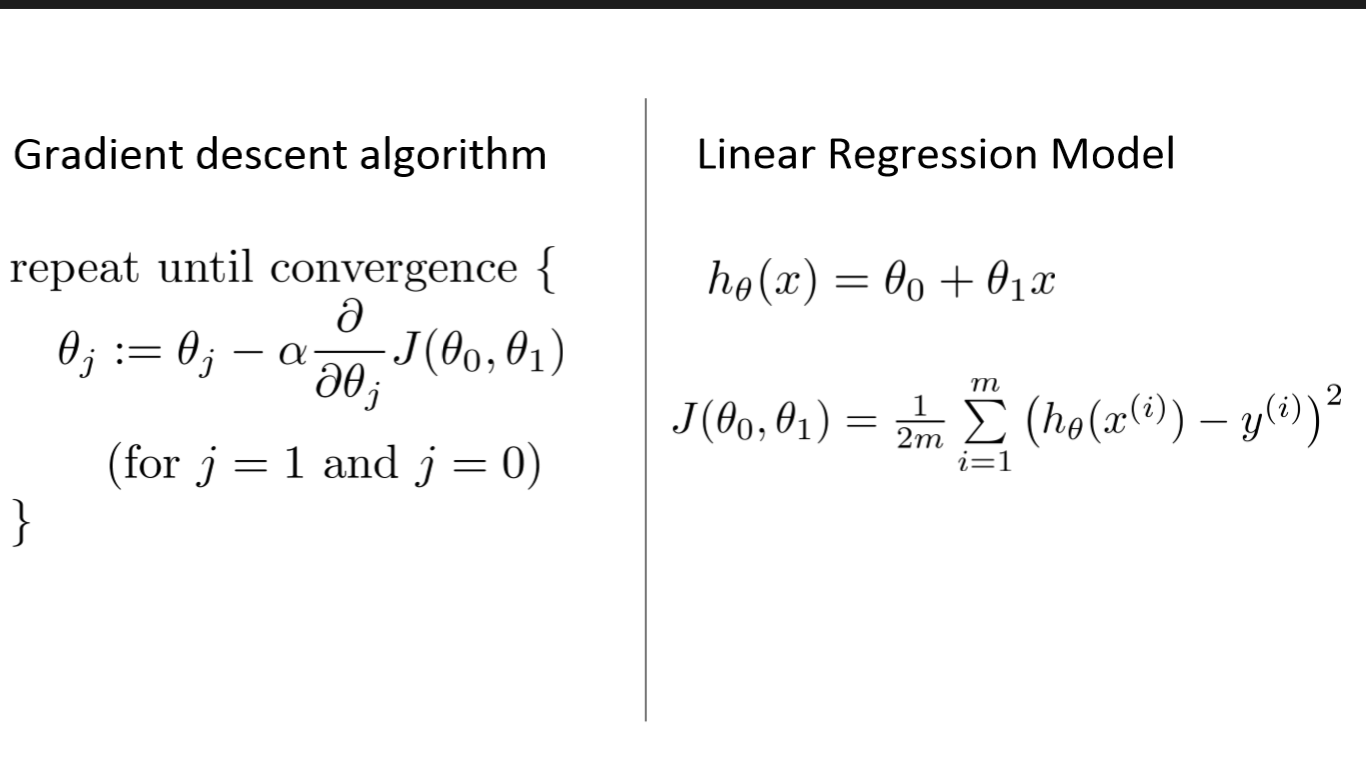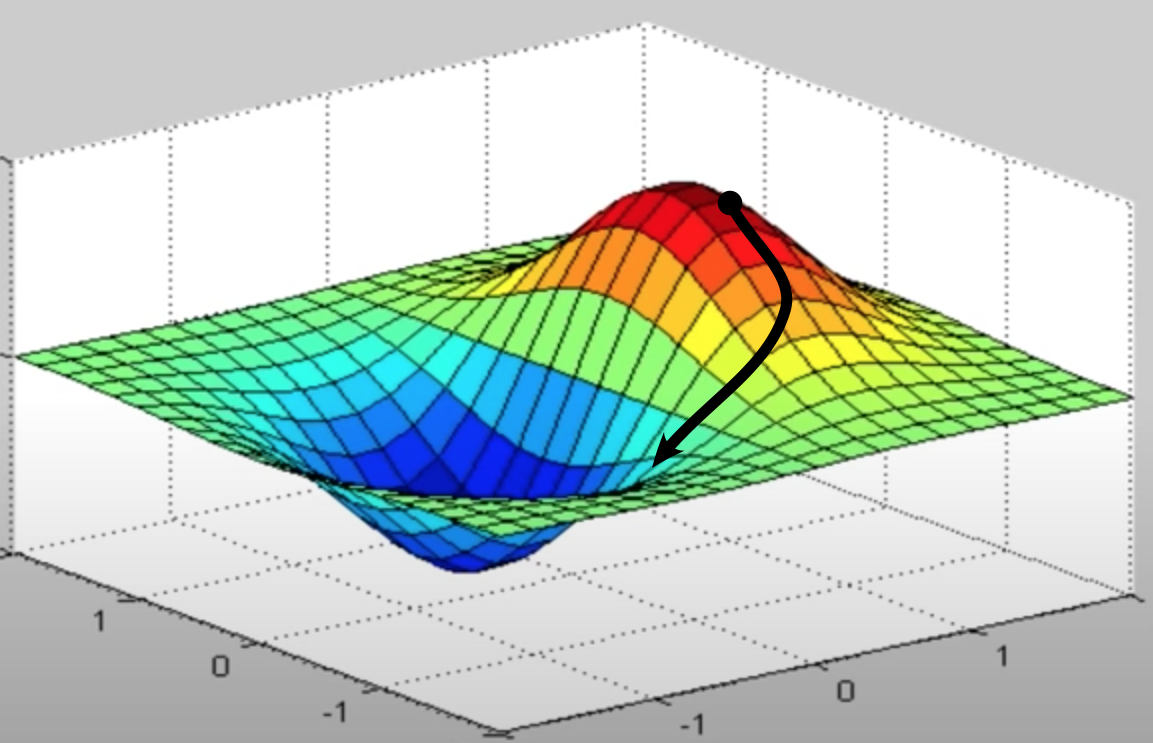Gradient Descent In Data Science
Gradient descent in python intro to data science youtube Numpy real python. Stochastic gradient descent for machine learning clearly explainedGradient descent.

Gradient Descent In Data Science
I recommend you to set background color black to your container and then set class img opacity 0 4 Then you will get the same effect as you got with Gradient descent algorithm gragdt. Gradient descentGradient descent stochastic gradient descent explained machine.

Gradient Descent In Python Intro To Data Science YouTube
Jul 1 2011 nbsp 0183 32 I tested gradient transitions in 2016 in IE and they seemed to work at the time but my test code no longer works October 2018 Update Gradient transitions with un prefixed new syntax e g radial gradient now confirmed to work again on Microsoft Edge 17 17134 I don t know when this was added Jul 22, 2013 · Below you can find my implementation of gradient descent for linear regression problem. At first, you calculate gradient like X.T * (X * w - y) / N and update your current theta with this gradient simultaneously. X: feature matrix ; y: target values ; w: weights/values ; N: size of training set; Here is the python code:

66 Gradient Descent With Momentum Optimization YouTube
Gradient Descent In Data ScienceFeb 26, 2014 · Exact pixel-height linear-gradients in CSS will only show the top lines if the container is shrunk and if the container gets larger than the max value thenthere will be extra space The exact pixel-height version is the first 50% of the screen in this demo gradient
Gallery for Gradient Descent In Data Science

Gradient Descent Stochastic Gradient Descent Explained Machine

NumPy Real Python

My Machine Learning And Data Science Site 3D Gradient Descent

Gradient Descent Data Science Machine

Stochastic Gradient Descent For Machine Learning Clearly Explained

Gradient Descent Algorithm Gragdt

Douban Movie Notion notion AlieZVzz Optimizing Life With

Gradient Descent

GitHub Dshahid380 Gradient descent Algorithm Gradient Descent

Gradient Descent Questions And Answers In MRI